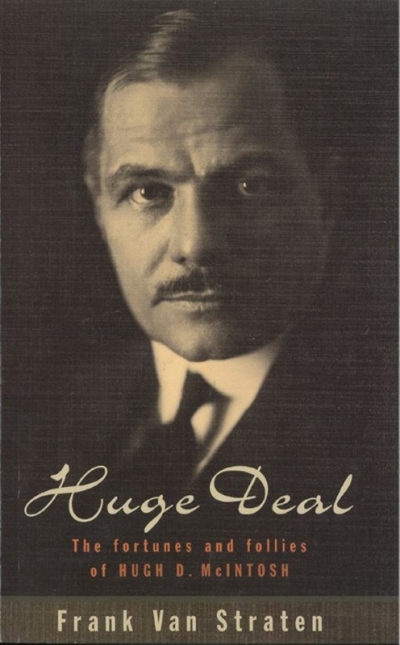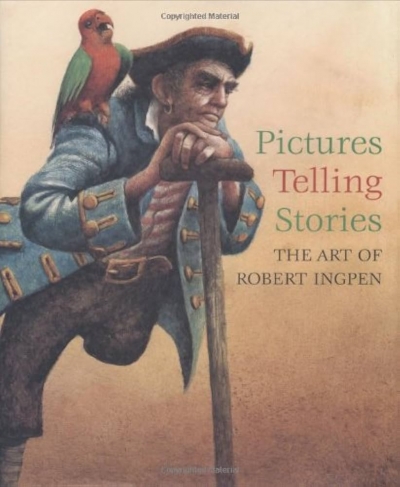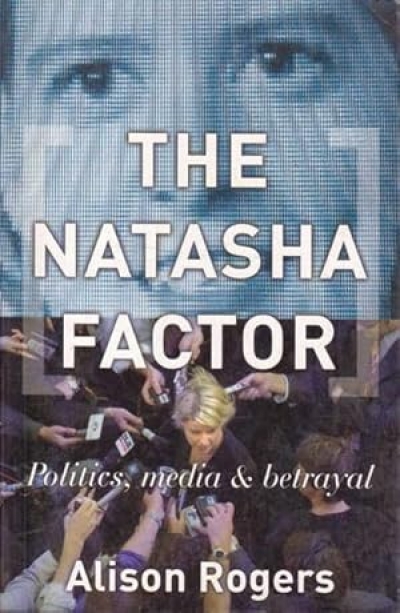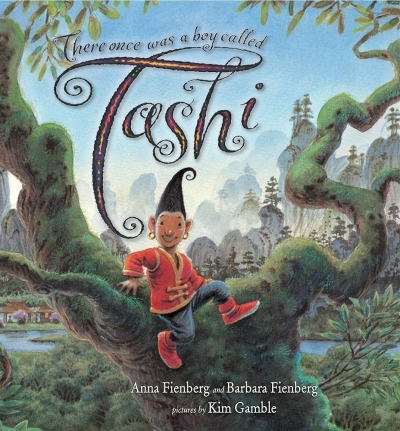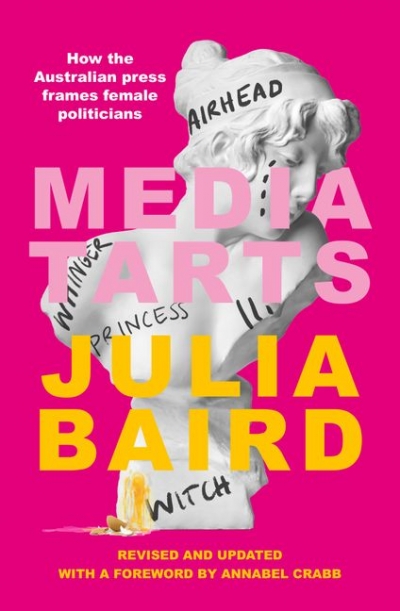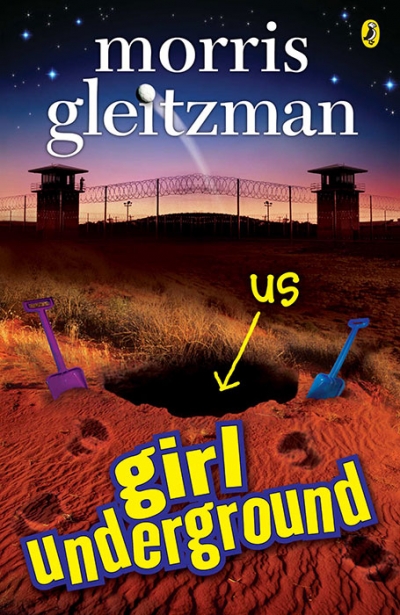Lothian
Huge Deal: the fortunes and follies of Hugh D. McIntosh by Frank Van Straten
by Peter Ryan •
The authors of these four books use a narrative device common to much fantasy fiction: the notion of quest. Sometimes that quest requires a physical journey, and sometimes it involves searching for something closer to home, but the very process is almost invariably life-changing for the characters involved.
... (read more)Pictures Telling Stories by Robert Ingpen and Sarah Mayor Cox & Illustrating Children's Books by Martin Salisbury
by Margaret Robson Kett •
The Natasha Factor: Politics, Media and Betrayal by Alison Rogers
by Margaret Fitzherbert •
There Once Was A Boy Called Tashi by Anna Fienberg and Barbara Fienberg, illustrated by Kim Gamble & The Boy, the Bear, the Baron, the Bard by Gregory Rogers
by Stella Lees •
Media Tarts by Julia Baird & Chika by Kerry Chikarovski and Luis M. Garcia
by Rachel Buchanan •
Girl Underground by Morris Gleitzman & Tiff and the Trout by David Metzenthen
by Margaret MacNabb •
The Measure of Success by Ron Clarke & Cathy by Cathy Freeman (with Scott Gullan)
by Bill Murray •

